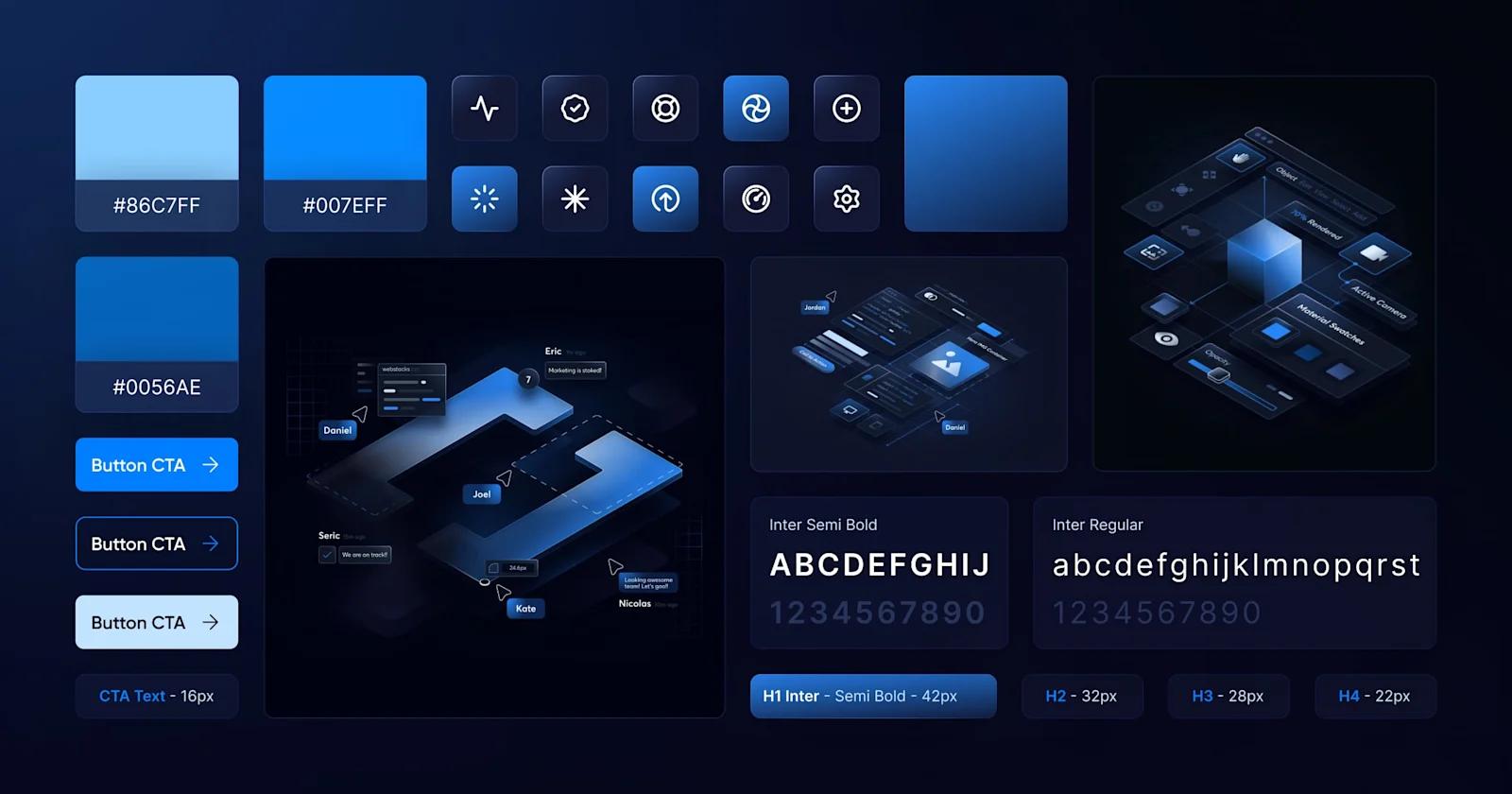Illustration systems help brands scale visual storytelling without losing consistency.
In fast-paced marketing teams (where assets span websites, product UIs, social media, email, ads, and sales decks) keeping illustrations cohesive can be a real challenge.
Without a system in place, teams often spend too much time creating one-off visuals, which leads to inconsistencies that dilute your brand.
Think about how often your team uses illustrations across channels.
Each platform has different requirements, but your visual identity needs to feel unified everywhere. Illustration systems bring in a structured, reusable approach to illustration design that balances creativity with consistency.
At Webstacks, we’ve helped both B2B and B2C brands build and implement scalable illustration systems that support speed, flexibility, and brand alignment.
When your team has the right building blocks, they can move faster and stay on-brand—no matter the format or platform.
In this article, we’ll break down how modular design powers illustration systems. And why this approach makes it easier to design, iterate, and adapt visuals across your entire marketing ecosystem.

What is an Illustration System?
An illustration system is a structured design framework that helps teams create consistent, reusable visuals across all brand touchpoints.
Built on modular principles, it makes it easy to adapt and scale illustrations without starting from scratch each time.
At the core of every illustration system is consistency.
Elements like shapes, colors, and line styles follow a defined set of rules, so every asset feels like part of the same visual language. With these guardrails in place, designers and marketers can tweak or repurpose illustrations without worrying about breaking the brand.
You can think of it as a visual library complete with components, templates, and styles that are flexible enough to fit different formats while still looking and feeling unified. It speeds up production and helps brands stay visually consistent, no matter where their illustrations show up.
3 Key Benefits of Illustration Systems
Building a consistent brand identity is hard enough. Scaling it across channels, teams, and campaigns adds a whole new layer of complexity. Illustration systems help solve that problem.
By giving your team a modular foundation for illustration design, you scale creative work and preserve brand integrity. Whether you're launching a new product, updating your website, or running paid media campaigns, illustration systems make it easier to move fast.
Here’s how illustration systems help growing brands streamline design and deliver stronger visual experiences:
1. Scalability
With a set of pre-built illustration templates, teams can quickly create new visuals by swapping in updated copy, product elements, logos, or interface components.
What used to take hours of custom work can now be done in minutes and at scale.
This makes illustration systems a powerful tool for content-heavy marketing teams that regularly ship new web pages, landing pages, or A/B test variations. When everything follows the same system, you can generate dozens (or even hundreds) of assets quickly.
2. Consistency
An illustration system becomes the source of truth for your brand’s visual language. It defines how colors, shapes, line styles, and character design are handled, so every illustration is consistent with your overall branding.
This level of consistency is especially important when content is distributed across multiple platforms. Whether someone finds you through LinkedIn or a landing page, your illustration style should make the experience feel cohesive.
3. Speed to Market
Standardizing your illustration design process removes creative bottlenecks.
Instead of waiting on designers to start from scratch, marketers can use templates and predefined components to produce on-brand visuals themselves.
The autonomy reduces back-and-forth. For startups trying to gain traction or enterprise teams running frequent campaigns, this agility is a major advantage.
How Do You Build An Illustration System?
Whether you're starting from scratch or standardizing what already exists, the process starts with structure.
Here’s how to build a system that’s flexible, scalable, and easy to maintain:
Establish a Set of Modular Components

Modular Design - Building Blocks
Break your illustrations down into repeatable building blocks, such as colors, shapes, line styles, icons, shadows, and typography. Many of these should already exist in your brand guidelines.
This modular approach is what makes illustration systems work. Instead of creating new visuals from scratch, you’re assembling them from a shared set of elements.
Before building templates, define your core components first. Once you have your pieces in place, you can start creating flexible layouts and illustration templates that work across different formats and use cases.
Want to learn more about modular design and how it can apply to your brand’s entire website? Check out our Modular Web Design Guide!
Design Reusable Templates
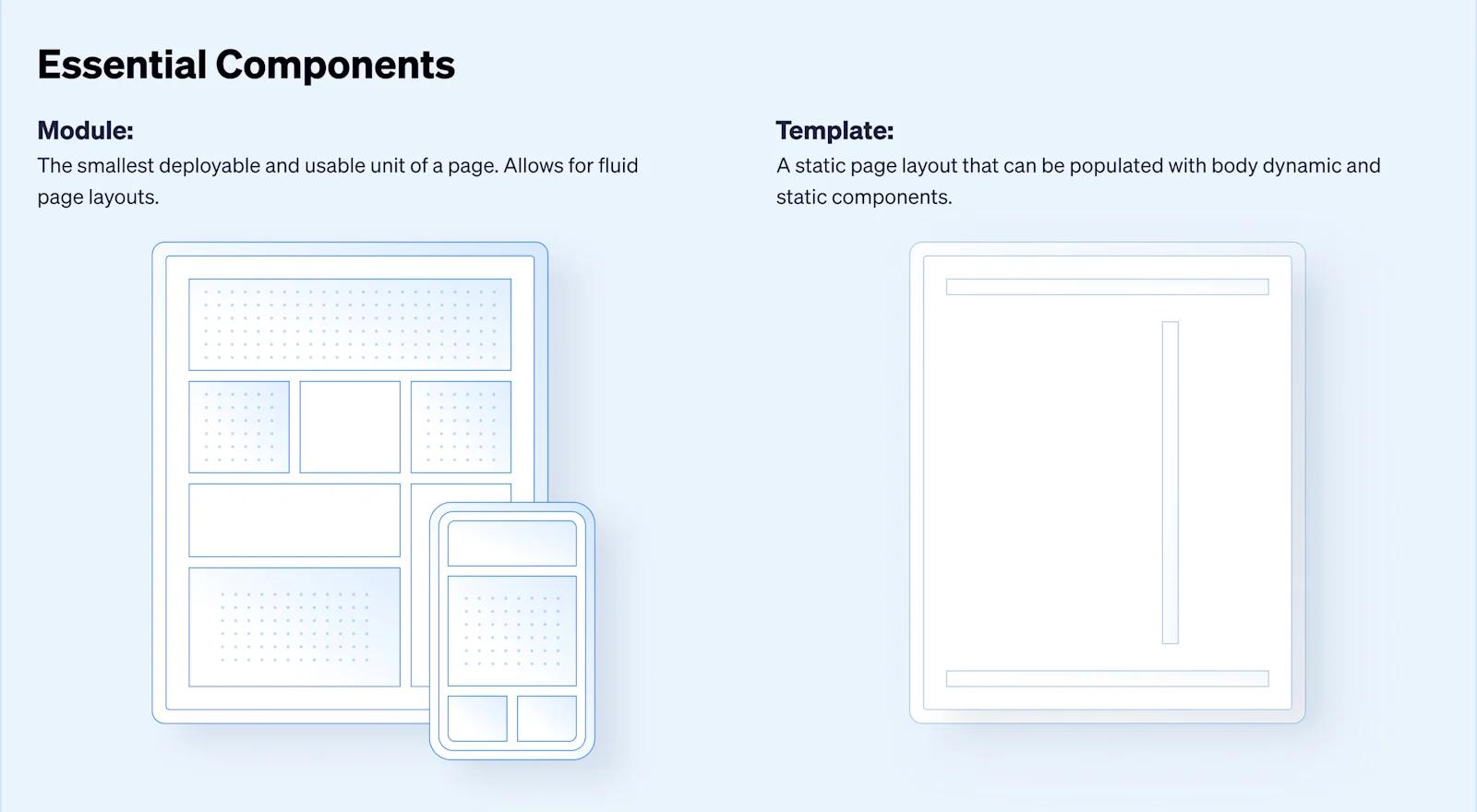
Modular Web Design vs Template
The next step is to combine your elements and start creating templates for your illustrations. You should have a comprehensive list of potential use cases to help your designer build out your illustration system.
We consulted with our design team here at Webstacks, and came up with a list of the most popular use cases for how and where we’ve helped our clients use illustration systems:
Types of Illustration Templates:
- Doodles and artwork
- Variations of logos
- Product UI illustrations
- Client testimonials and customer reviews
- Data visualization
- Partner and integration logos
- Leadership and team headshots
Where to Use Illustrations:
- Website
- Application interfaces
- Instagram and LinkedIn posts
- Display Ads
- Email marketing creative
- Event marketing creative
- Report and ebook creative

Illustration System Example: Calendly
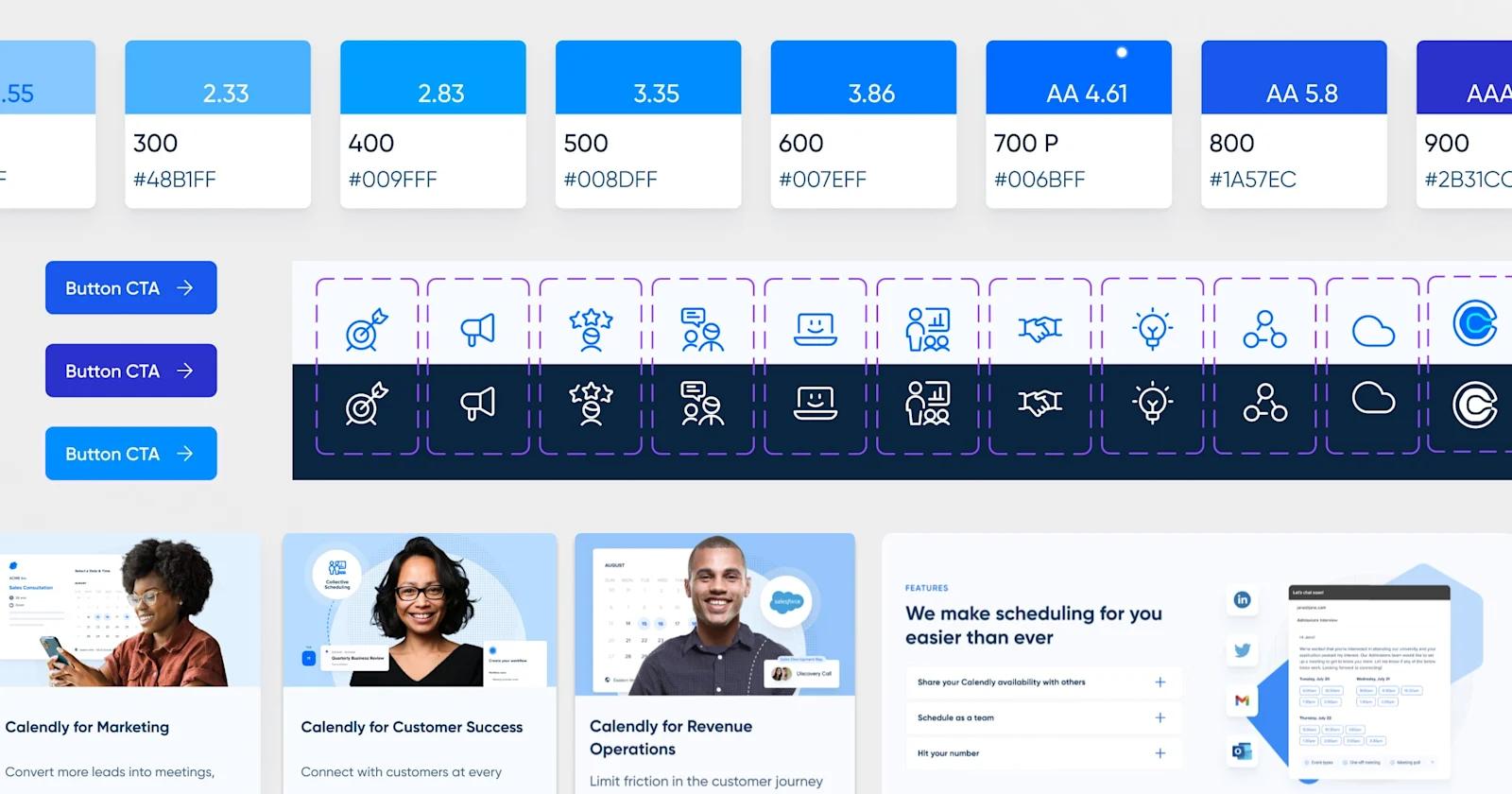
Calendly Illustration System Example
Here we’ll highlight an illustration system that Webstacks designed for Calendly, the virtual appointment scheduling platform.
When a SaaS company like Calendly looks to scale marketing efforts, it needs the proper resources to publish lots of high-quality, well-designed content. A major component of that is having a backlog of graphics and illustrations ready to deploy.
Why?
Because at every touchpoint, brands should strive to provide visuals that captivate and allure prospects.
Moreover, visuals should be constant reminders of your brand. By working with the same stylistic components, you can create a cohesive arsenal of elements that are subtle reminders that tie back to your brand identity.
That is exactly what we achieved with Calendly.
Our team of Webstacks designers built out an extensive library of illustration templates that Calendly could use in a variety of ways. By repurposing many of the elements from Calendly’s existing design system (such as colors, fonts, and shapes), we were quickly able to upgrade their existing illustration system.
Through Figma, we designed over 140 illustrations, including device screens, product UIs, people-centric images, diagrams, charts, logos, and so much more!
Here are some examples of our favorite Calendly illustrations!
Hero Images

Calendly hero image collage
Devices and Screens
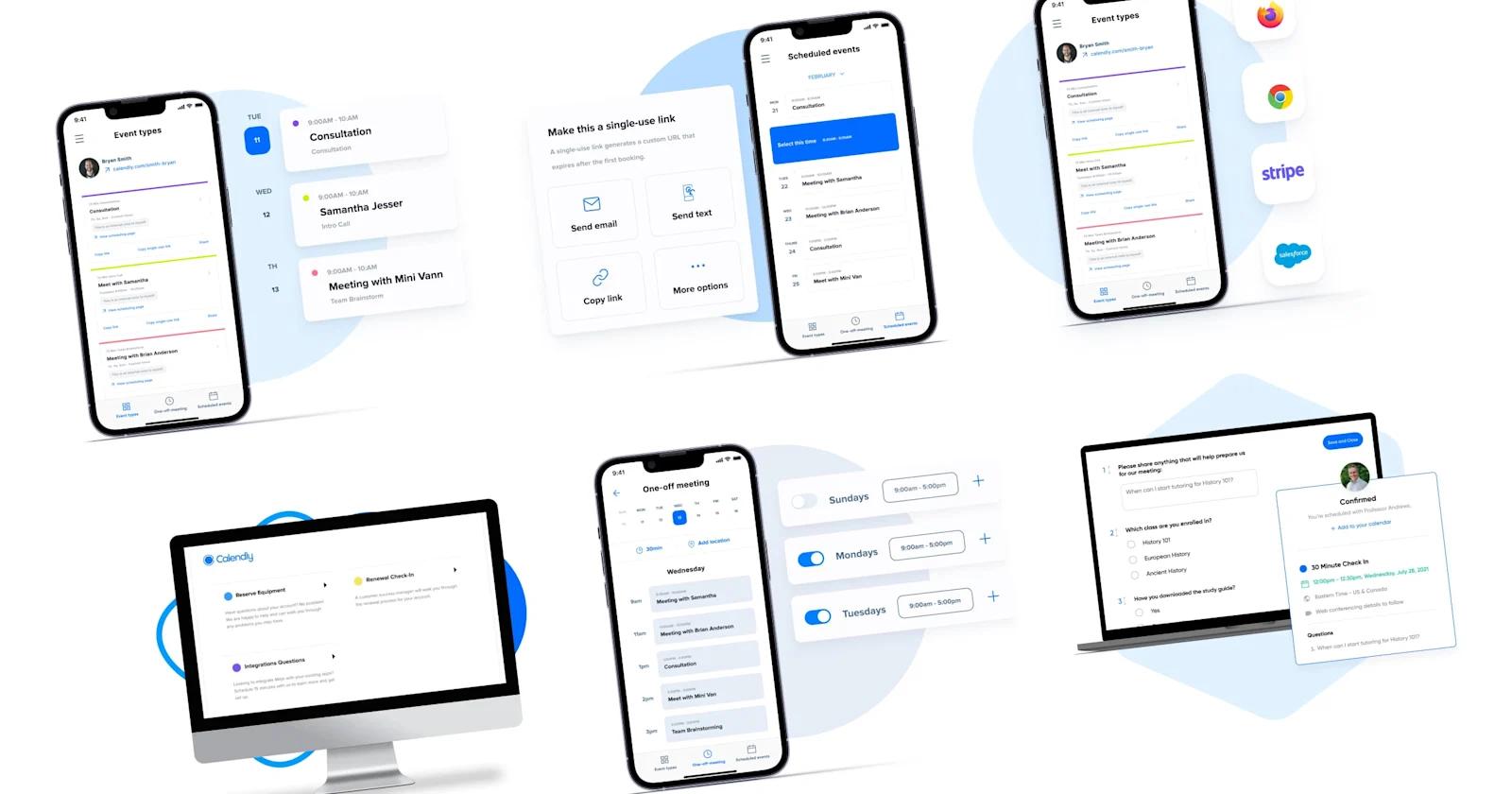
Devices collage Calendly
Solutions Pages

Solutions collage Calendly
Integrations, Partners, and Awards
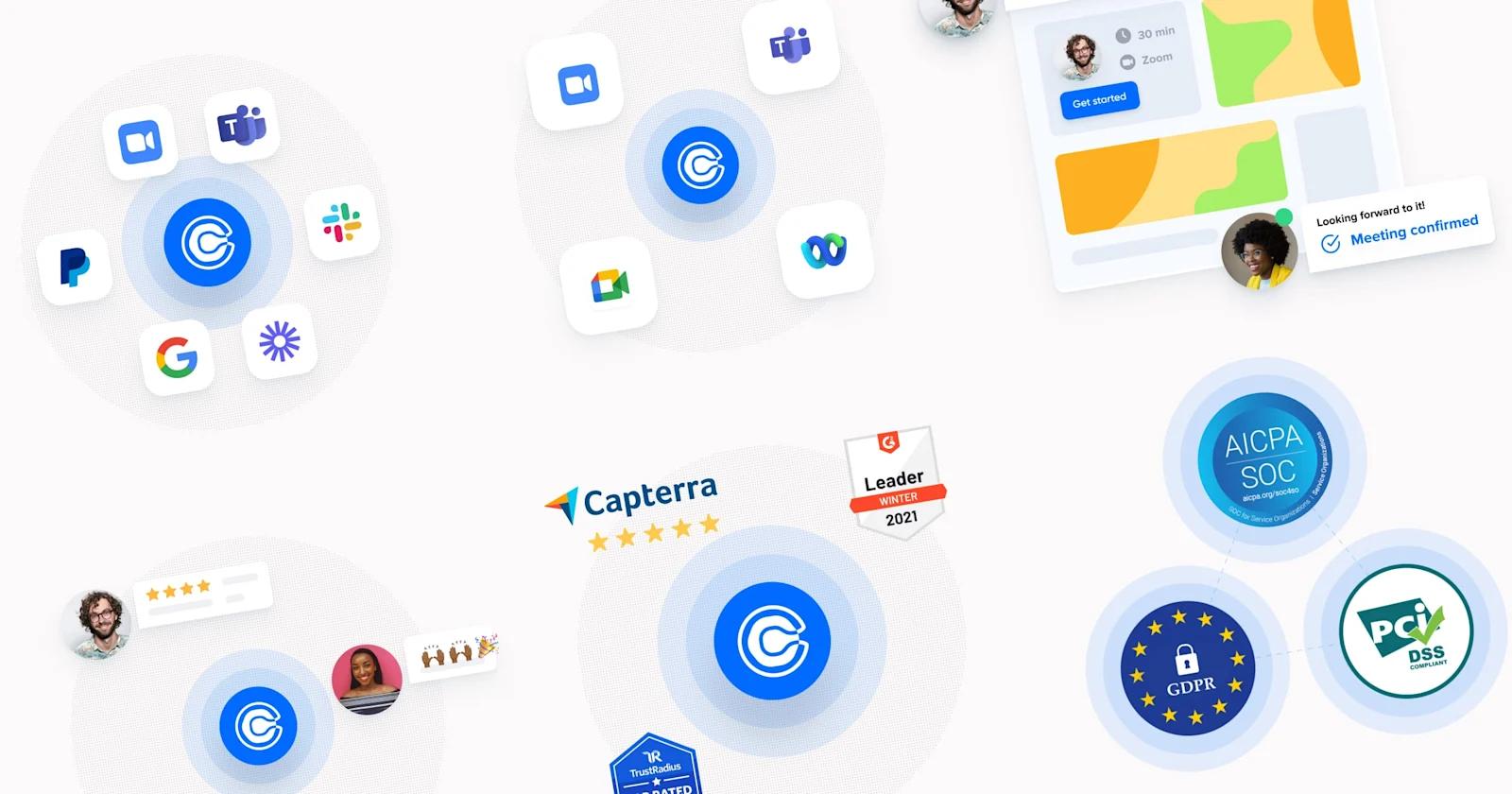
clients collage Calendly
One of our key focuses with these illustrations was enablement for Calendly’s marketing team. As with all illustration systems, these 140+ illustrations can easily be manipulated to produce multiple variants. Swapping logos, UIs, customer portraits, or copywriting. Now, marketers at Calendly are able to seamlessly access illustrations and create new ones from templates all on their own.
Take the Next Step
Illustration systems are a smarter way to build a brand that looks consistent everywhere it shows up. By turning visual elements into reusable components, you give your team the tools to move faster and scale content.
For brands growing fast or managing multiple platforms, illustration systems make it easier to tell a clear, cohesive story—whether that’s on your website, in a product UI, or across marketing campaigns.
If your visual identity feels scattered or hard to manage, it might be time to rethink your approach. Check out how Webstacks helps B2B brands systematize their branding and illustration work:


